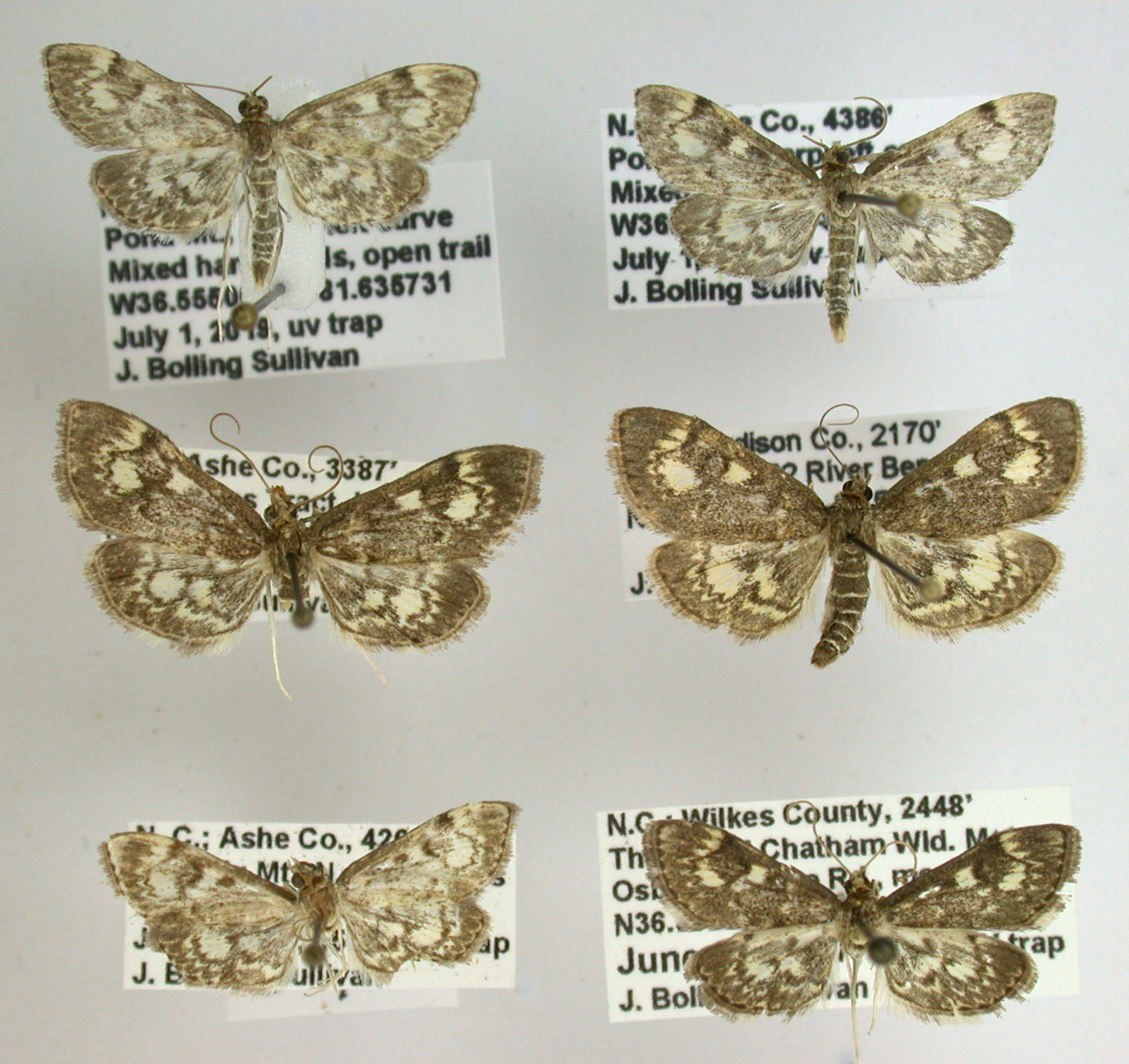« |
Home |  » » |
| View PDF | Crambidae Members: | Anania Members: | 4 NC Records |
|---|
Anania tertialis (Guenée, 1854) - Crowned Anania |
 view caption |
Photo Gallery for Anania tertialis - Crowned Anania | Photos: 3 |
| Moths of North Carolina |
« |
Home |  » » |
| View PDF | Crambidae Members: | Anania Members: | 4 NC Records |
|---|
Anania tertialis (Guenée, 1854) - Crowned Anania |
 view caption |
Photo Gallery for Anania tertialis - Crowned Anania | Photos: 3 |